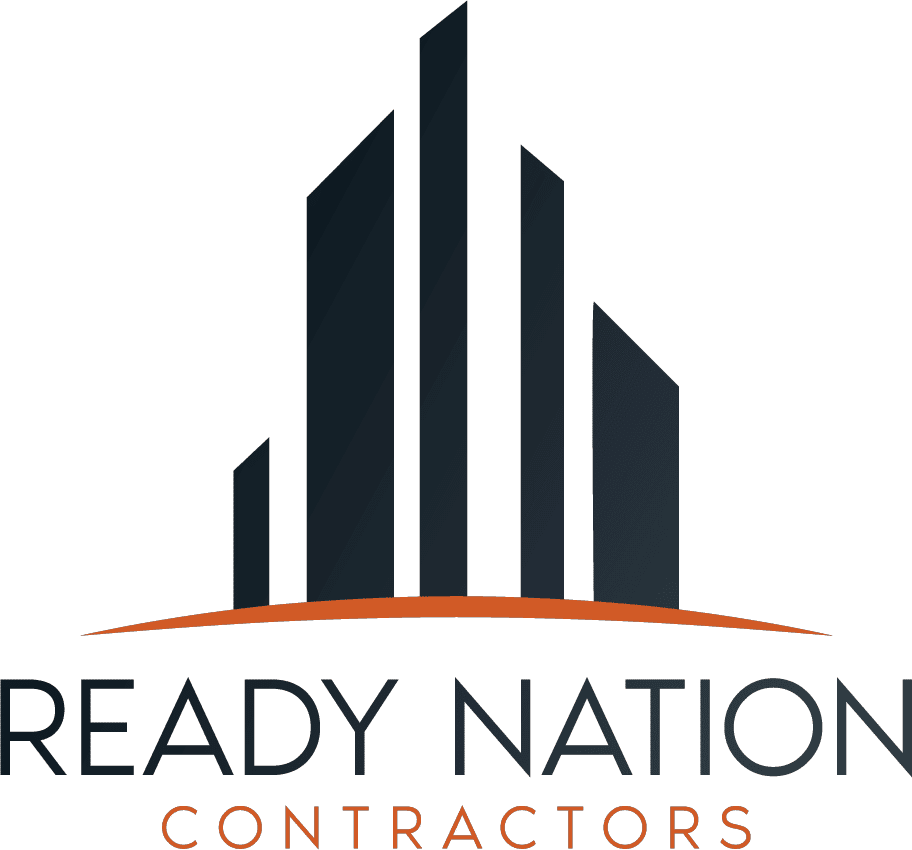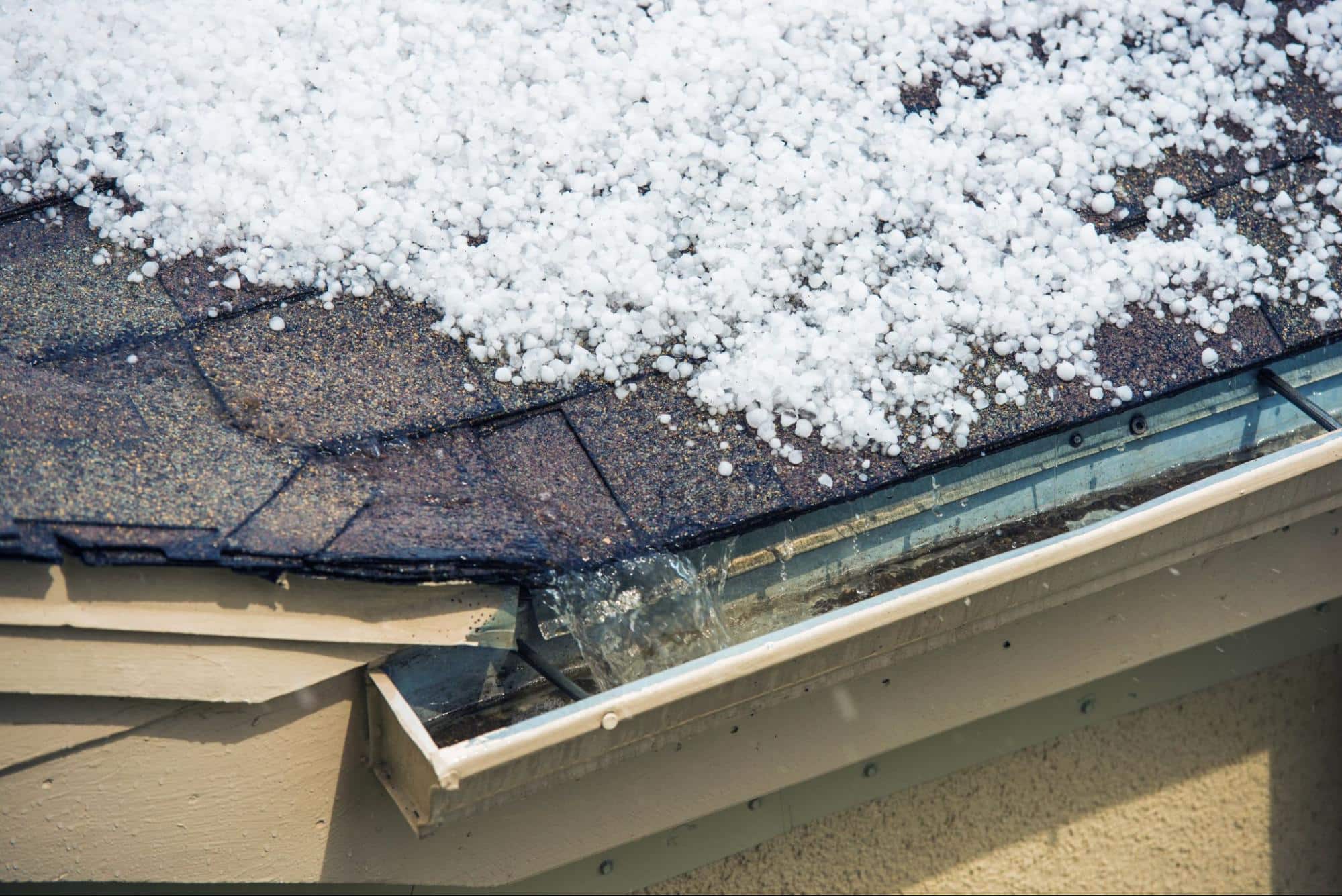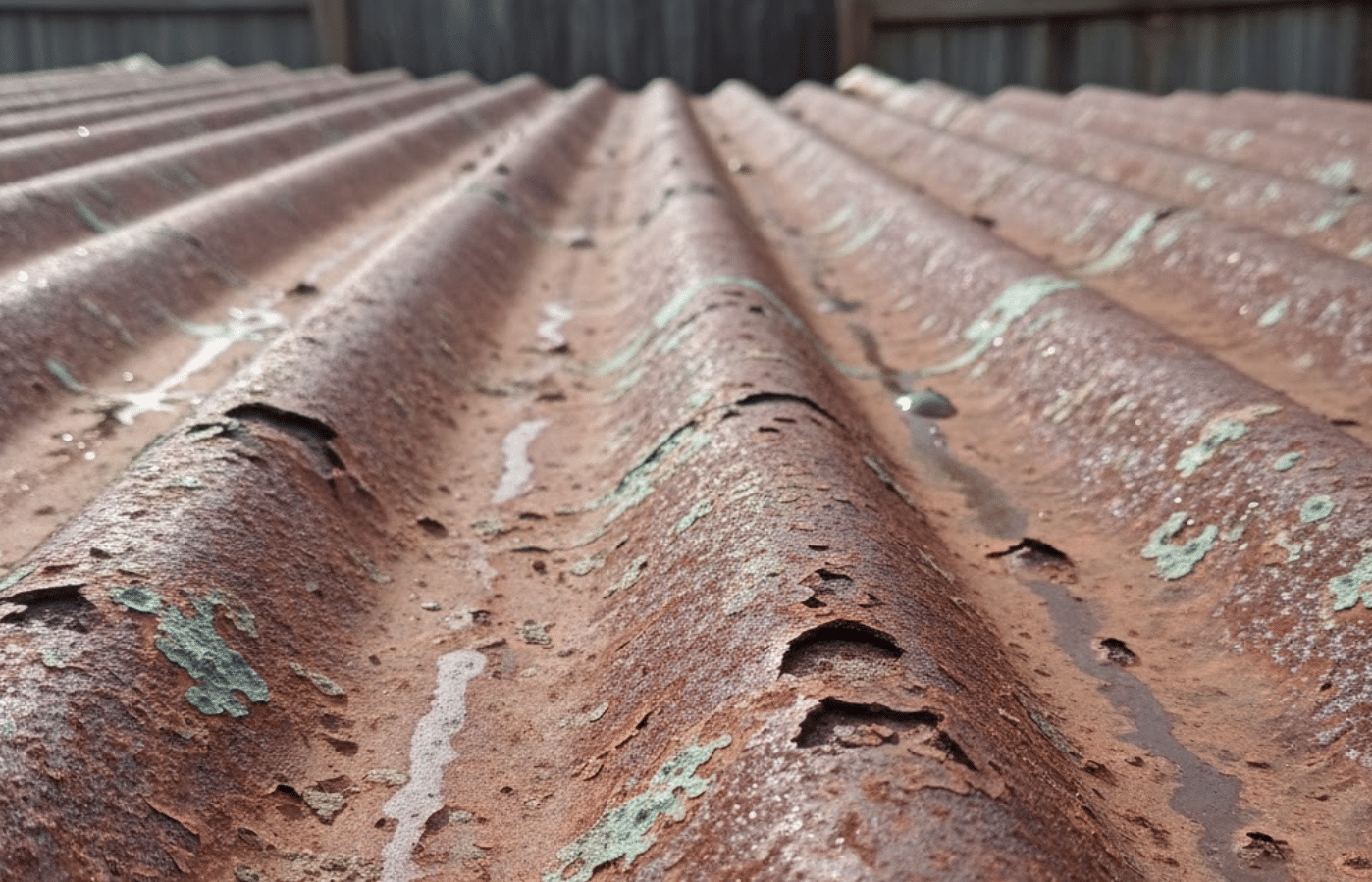Across cities like Tampa, Miami, St. Petersburg, Panama City, Dallas, Austin, Odessa, and Lafayette, roofs face relentless sun, storms, and salt air, making them the first line of defense for every home and business. Year after year, heat, UV rays, hurricane-force winds, and hail put roofs to the test, and even small vulnerabilities can turn into major problems if left unchecked. Choosing the right roofing materials for Florida and Texas means balancing curb appeal, energy efficiency, and durability for the toughest weather days.
We’re Ready Nation Contractors (RNC US), your neighbors, advocates, and trusted team for resilient, code-compliant roofing installations and large-loss restoration. In this guide, we’ll break down the best roofing materials for hot, storm-prone regions, explain how local codes and insurance requirements affect your choices, and highlight where each option excels. Along the way, we’ll point you to helpful resources like our roofing insights on the blog, our storm response and roof repair services, and the easiest way to connect with our team for a personalized recommendation via our Contact Page.
How To Choose: Climate, Codes, And Budget In Florida And Texas

Getting the roof right starts with the realities on the ground. We design and build for the long haul, not just the next sunny day.
Wind, Hail, And Hurricane Ratings
Across coastal Florida and the Texas Gulf, wind uplift is non-negotiable. Look for systems tested to ASTM wind standards and shingles or panels with high Class F wind ratings. In hail-exposed corridors near Dallas–Fort Worth and Austin, impact resistance matters: UL 2218 Class 3 or 4 products can help mitigate damage and may support favorable insurance considerations. A strong system isn’t just the visible layer—it’s the fasteners, clips, and attachment method we choose for your specific exposure zone.
Heat, UV, And Energy Efficiency
Roofs bake in August. Reflective finishes (cool pigments on metal, light-colored tile, or ENERGY STAR–rated shingles) can lower roof surface temperatures and help HVAC systems breathe easier. Pairing the right material with proper ventilation is essential: we often coordinate with our in-house HVAC team to keep attic temperatures in check.
Local Codes, Permits, And Insurance Considerations
Florida’s Building Code and wind-borne debris regions, plus Texas locality-specific requirements, shape everything from underlayment type to fastening schedules. We secure permits, match manufacturer specs, and document the install for smooth insurance conversations. If storms ever test the system, our 24/7 emergency response team is ready. For a location-specific plan in Tampa, Miami, Dallas, Austin, Lafayette, Odessa, Panama City, or St. Petersburg, start here: Our Locations.
Asphalt Shingles

Asphalt remains the most common residential roof in Florida and Texas because it balances cost, aesthetics, and code compliance when installed properly.
Pros, Cons, And Typical Lifespan
Pros: broad style choices, competitive pricing, good wind options with upgraded nails and starter strips, and improved algae resistance in humid coastal cities. Cons: standard shingles are more vulnerable to extreme heat cycling and hail than metal or tile. Typical lifespan ranges 15–30 years depending on product tier, color, ventilation, and exposure.
Best Fit: Coastal Versus Inland Neighborhoods
On the coast—Miami, St. Pete, Panama City—salt air and hurricanes push us toward premium architectural shingles with reinforced mats, enhanced seal strips, and high wind ratings. Inland near Dallas or Austin, impact-rated shingles can be a strong match for hail risk. Either way, we pair shingles with code-approved underlayment and precise nailing patterns to boost performance.
Cost And Maintenance Notes
Asphalt is usually the most budget-friendly of the top roofing materials. Expect periodic inspections after major wind or hail events. Catching lifted tabs, missing shingles, or flashing issues early protects sheathing and interiors. If you see stains or suspect leaks, we’ll triage quickly—learn more about our roof repair approach. If moisture has migrated inside, our water damage team can coordinate dry-out and restoration.
Metal Roofing (Standing Seam And Metal Shingles)

Metal roofing is a star in hot, storm-prone climates. With reflective finishes, precise clip systems, and interlocking seams, it brings serious durability without sacrificing design.
Pros, Cons, And Typical Lifespan
Pros: high wind resistance, exceptional shedding in heavy rain, excellent heat reflectivity with cool coatings, and service life often 40–70+ years. Panels are lightweight, placing less load on framing than tile. Cons: higher upfront cost than asphalt, oil canning (cosmetic waviness) risk, and potential for hail dings. With the right gauge and profile, we balance aesthetics and durability for your neighborhood.
Storm, Salt Air, And Hail Performance
For coastal Florida, corrosion-resistant substrates and finishes are critical. Marine-grade coatings or aluminum are specified where salt exposure is high. In Texas hail zones, thicker gauge steel and impact-rated profiles perform well. Properly engineered clips and fasteners underpin wind uplift resistance.
Cost, Noise, And Maintenance Considerations
Standing seam is a premium investment with long-term payoff in longevity and energy savings. Rain noise is mitigated by modern underlayments and insulation. Maintenance is light: regular inspections, sealant checks at penetrations, and debris removal. For facilities or multifamily properties, see our commercial restoration expertise.
Tile Roofing (Concrete And Clay)
Tile defines many Florida skylines with beauty and sun resistance. With the right structure and underlayment strategy, tile can thrive in coastal and inland markets alike.
Pros, Cons, And Structural Requirements
Pros: timeless curb appeal, excellent UV durability, long lifespans of 40–75 years. Concrete handles heat well; clay resists color fade. Cons: weight. Many homes require structural evaluation. In hurricane zones, secured tiles and trim are essential to prevent uplift.
Underlayment, Wind Uplift, And Maintenance
High-temp, self-adhered membranes plus batten systems or foam adhesives address uplift. Annual maintenance focuses on cracked tiles, ridge/hip integrity, and clear valleys.
Cost And Where Tile Makes Sense
Tile is a higher upfront investment but delivers decades of service and strong resale value. Our general contracting team can coordinate structural support if needed.
Synthetic And Engineered Options (Composite Slate/Shake)
Engineered roofs mimic slate or cedar shake without the weight or upkeep.
Pros, Cons, And Performance Ratings
Pros: lighter weight than natural slate/tile, strong impact and wind ratings, color stability, dimensional appearance. Many carry UL 2218 impact ratings and competitive wind warranties. Cons: product lines vary widely; we specify proven brands.
Aesthetic Fit And Regional Suitability
Synthetic roofs suit Mediterranean coastal looks or Hill Country aesthetics, bridging design and performance.
Cost And Care Basics
Pricing sits between architectural shingles and premium metal or tile. Maintenance is straightforward: inspections, debris removal, and attention to flashing. For humidity-driven microbial growth, we can coordinate mold remediation.
Flat And Low-Slope Materials For Additions And Porches

Flat or low-slope sections require specialized membranes.
TPO, PVC, And Modified Bitumen
TPO: cost-effective and reflective. PVC: chemical-resistant and durable, especially coastal. Modified bitumen: robust multi-ply, puncture-resistant. We match type to exposure and budget.
Coatings, Drainage, And Ponding Water Prevention
Scuppers, crickets, tapered insulation, and edge metals ensure water moves quickly in storms. Reflective coatings extend lifespan and reduce rooftop heat.
Expected Lifespan And Maintenance
Low-slope systems last 15–30 years depending on membrane and maintenance. Twice-yearly inspections keep seams tight, penetrations sealed, and drains clear. Severe weather? Our storm damage team is ready.
Conclusion

Your roof deserves a material that looks great on the best day and performs on the worst. Architectural or impact-rated asphalt, standing seam metal, engineered synthetics, tile, and properly installed low-slope membranes can all be excellent choices when matched to your microclimate, neighborhood guidelines, and long-term plans.
At Ready Nation Contractors, we handle the details: code-driven attachment, high-temp underlayments, ventilation, and manufacturer-approved installation. If you’re comparing options for a home in Tampa, Miami, St. Petersburg, Panama City, Dallas, Austin, Odessa, or Lafayette, we can walk your roof, review goals, and tailor the system.
Reach out to schedule a site visit and a clear proposal: Contact Page or browse our locations. We’re here to protect what you’ve built, one well-designed, storm-ready roof at a time.
FAQs About Roofing and Restoration in Florida & Texas
What services do general contractors like RNC US provide?
We handle everything from roofing and storm damage repair to water damage restoration, HVAC installations and repairs, mold remediation, and full-scale general contracting for both residential and commercial projects.
How much does it cost to hire a roofing or general contractor in Florida or Texas?
Costs vary depending on project size, materials, and any insurance coverage. We always provide free estimates and coordinate with insurance providers to minimize financial stress.
What should I do after storm damage to my home or business?
Start by documenting the damage, contacting your insurance company, and calling our emergency response team for temporary stabilization, water extraction, and rapid assessment.
How long does water damage restoration take?
Minor cases can be restored in 2–3 days. Extensive flooding may require several weeks for drying, mold remediation, and reconstruction. Our water damage team ensures efficient, safe restoration.
Why choose RNC US over other general contractors?
We are licensed, insured, and known for fast emergency response, high-quality restoration, and clear communication. Clients also benefit from our integrated approach, coordinating roofing, HVAC, and restoration services under one trusted team.





